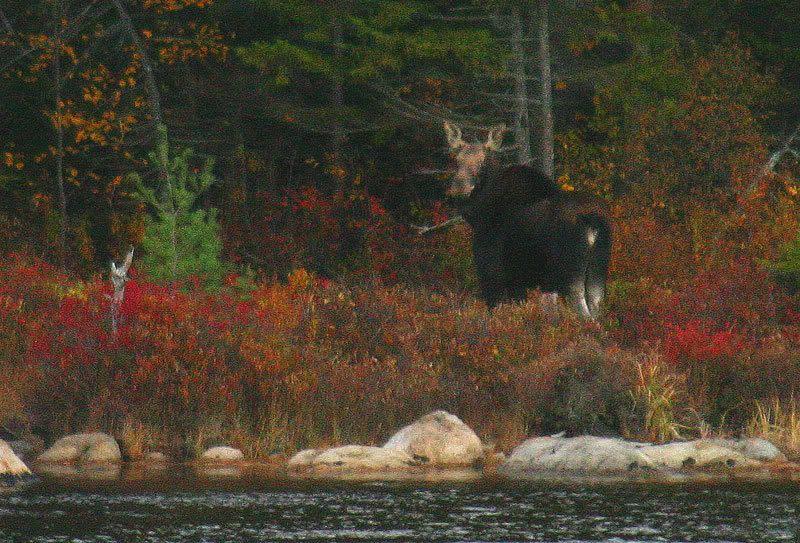I don’t see your photo as being either artsy or weird. I think it reflects the nature of the beast.
The “beast” in this case is the low-light-high-ISO situation.
Whether done with film or electronics, at high ISOs the image can tend to break up due to “noise” or grain. Couple this with a relatively long exposure (slow shutter speed) and you get the possibility of subject or camera movement, or both, to further degrade the appearance of detail in the image.
Of course, not all color films or black & white film-developer combos are equal, nor are all electronic sensors and digital in-camera image processors equal when it comes to grain or noise.
Back in the good old days of B&W, we occasionally talked about something called “acutance,” also known as “edge sharpness” or “edge contrast.” Some film-developer combinations produced high acutance, with very crisply formed grain; others produced grain with a softened form.
At high magnification (large print size), guess which images often looked sharper: It was the high acutance images, in which the grain could be (and was) rendered very crisply on the print. Slight degrade of sharpness due to camera or subject movement sometimes could be offset visually by producing a very sharp print.
So we get back to the moose image, where we started.
The crisply rendered “grain” restores an impression of sharpness that would not be there if the grain were allowed to go mushy and soft. My guess is that electronic sharpening was done on this image, either automatically in camera or during post-processing, to increase the acutance. If that’s the case, it worked.
Just for fun, step back from your monitor about 5-6 ft and look at this photo. You probably will see the moose and its surroundings much more clearly than at more ordinary viewing distance. I think this just reinforces the old idea that viewing photographic prints (enlargements) with a loupe or magnifying glass does the picture (and the viewer) a disservice.
BTW, I’ve enjoyed looking at this photo at normal viewing distances and from farther back. I think it’s a pretty cool and authentic shot.
G.


